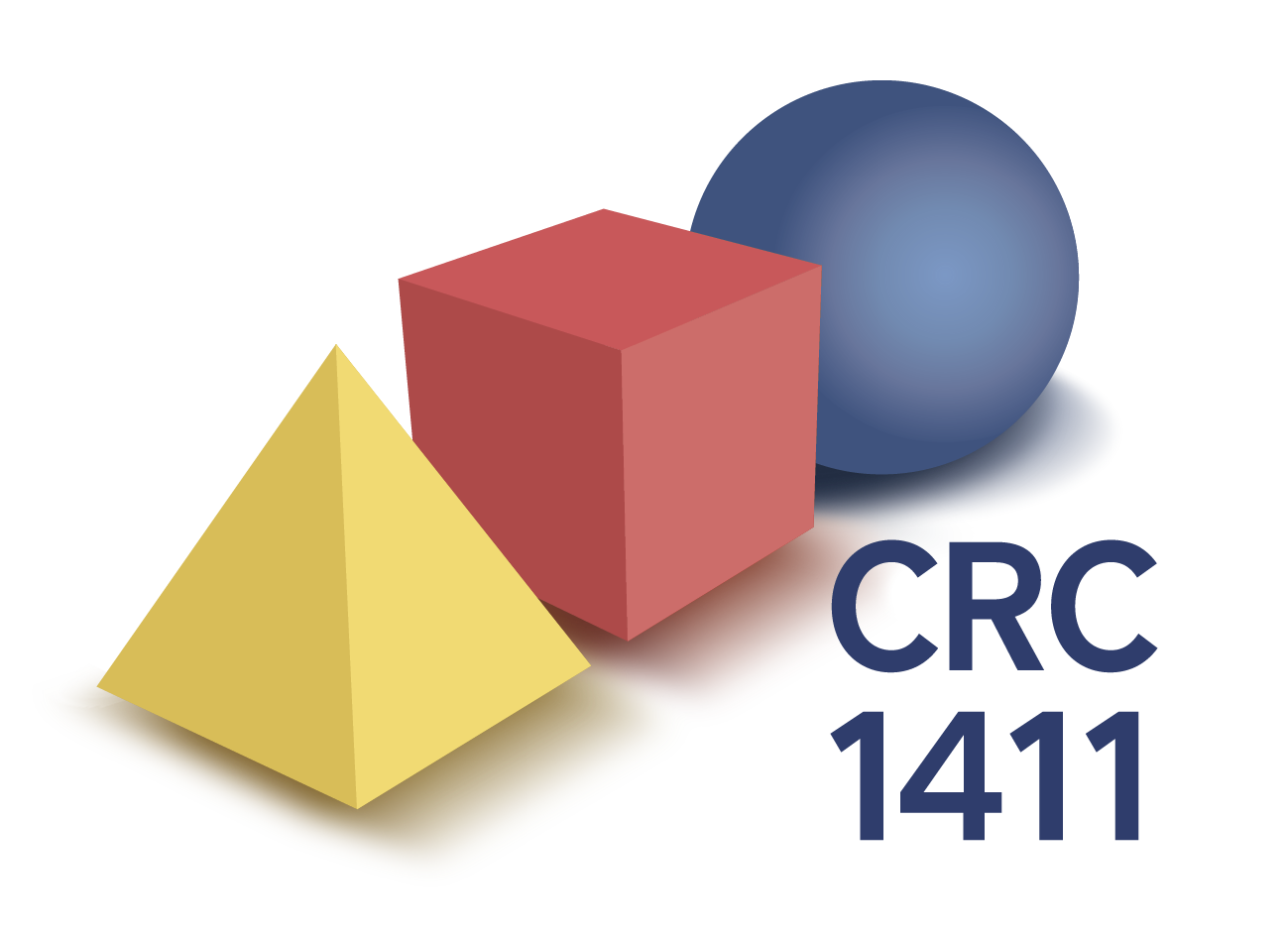Quantum dots research awarded the Nobel Prize
The 2023 Nobel Prize for chemistry has been awarded to Moungi Bawendi, Louis Brus and Aleksey Ekimov for their discovery of quantum dots, nanoparticles that are so small that their physical size determines the quantum mechanical states of the material’s charge carriers. Quantum dots constitute a new class of materials that is neither molecular nor bulk. They have the same structure and atomic composition as bulk materials, but their properties can be tuned using a single parameter, the particle’s size. The core principle demonstrated by quantum dot is that, at the scale of nanometres, materials and particles attain new, size-dependent properties that can be harnessed and controlled for novel applications.
Each one of the laureates gave a unique contribution to the development of quantum dots.
Ekimov found out that the origin for colour in coloured-glass was dependent on the size of copper chloride particles.
Brus succeeded in proving size-dependent quantum effects of particles in dispersion, i.e., quantum dots freely floating in a liquid phase.
Bawendi was able to develop synthesis techniques for quantum dots with particle sizes < 5 nm close to monodispersity. This was decisive as it made them ready to be used in applications.
Quantum dots are an incredible example of how precise control over particle morphology can give rise to astonishing optical proprieties. This system is thus a perfect case study for rational design of optically active particles-the aim of CRC1411-, and are deeply investigated by PI Segets in CRC1411.
In the first funding period, CRC1411 focused on preparing indium phosphide core, zinc sulphide shell quantum dots with tailored emission replacing conventional, highly toxic and explosive reactants by less harmful materials. “We set up a fully automated system consisting of several continuous interconnected reactors, enabling independent temperature control up to 350 °C by electrical heating and multistage dosing” -explains Doris Segets- “The combination of online measurements of the optical properties and the characterisation of disperse and structural properties with population balance modelling and optimisation by the exact method of moments, even hedging against uncertainties, yielded detailed insights into the particle formation dynamics. These enable the optimisation of reaction conditions and reactor design”.
Martin Hartmann adds: “we used the particles synthesised by our colleagues to develop novel sensor concepts based on optical thermometry”. Doris Segets also highlights as “we took advantage of the knowledge in the consortium to further refine the resultant fluorescence properties of the synthesised particles via chromatographic separation.”
The recently-awarded Nobel Prize shines light on the relevance of our research, and showcases how rational design of particulate products can actually impact the progresses of technology and improve our daily life.
Find the official press release, and explanations for experts and the general public on the Nobel Prize official website.

